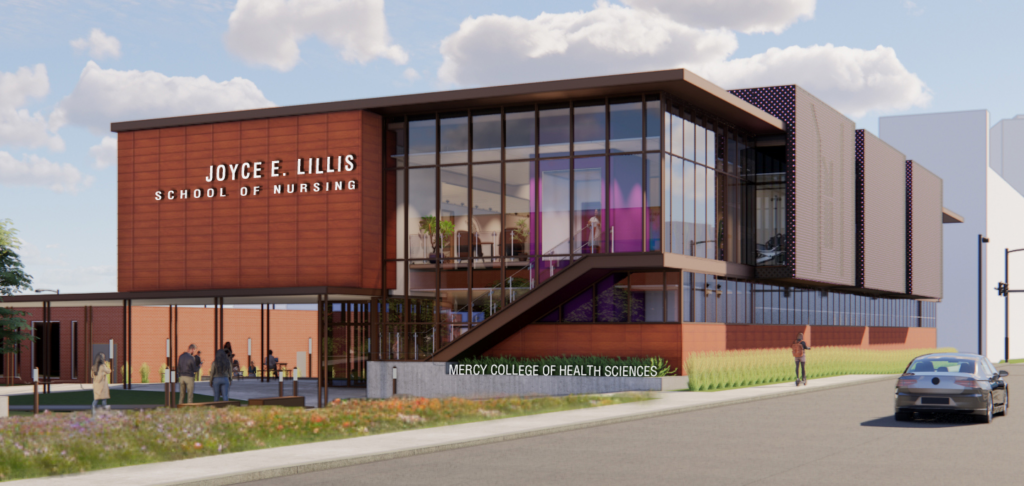Include a cloud exchange on your data center wish list

Business Record Staff Dec 19, 2017 | 12:00 pm
2 min read time
564 wordsBusiness Insights Blog, ColocationBY DAN KURTZ, Vice President of new business development for LightEdge Solutions
A cloud exchange that provides multiple cloud options should be on your wish list when selecting a colocation center for your data.
A colocation center is a central location to store your company or organization’s data, both on- and off-site. While there is much discussion about virtual clouds where data is stored, it’s important to remember that data still needs a location where it can be highly available and be easily accessible.
“It’s not just off in space,” said Greg Elliott, LightEdge’s director of business development for data centers. “It’s in a physical box somewhere. That data has to reside somewhere.”
There are numerous cloud providers to choose from – Amazon Web Services, Microsoft and more – and your data center also will be a cloud provider on a regional scale, but it’s important to choose a data center that has a cloud exchange platform such as Megaport. A cloud exchange gives customers advanced, direct network connectivity to multiple cloud providers throughout the world.
Megaport alone is a platform that has more than 40 clouds connected to more than 250 service providers that reach more than 170 data center locations across the globe, according to the company’s website.
“It’s an easy interface for our customers if they’re colocating their data center with us or are in LightEdge’s private cloud infrastructure,” Elliott said. “It’s an easy way to connect into other clouds.”
It’s important to select a data center that offers these options because some businesses operate their applications in different clouds. One rack inside a data center could host some of the business’s applications, but all of its critical applications could be stored in a private cloud. The business needs to and will want to be able to connect into that private cloud or other clouds at any time, which a cloud platform more readily allows.
Once a customer is connected into the cloud platform, such as Megaport, they can connect directly into the cloud they want. Previously, they might have had to wait 30 to 60 days to get a connection to AWS through a carrier. With a cloud platform, that connection is readily available through the data center.
“They can provide a circuit anywhere in the data center or where Megaport is located, and turn up a circuit in minutes,” Elliott said. “It saves the customers days, if not months, to connect into the different cloud infrastructures they need as their business grows and to make it successful. It gives our customers the ultimate flexibility as their business changes.”
When selecting a data center, inquire about the type of cloud exchange it offers. Keep in mind all of the needs of your business or organization.
“Different applications fit better with different clouds, and the data center that can help customers leverage those in a hybrid solution is definitely the best partner to help the customer succeed,” Elliott said.
A data center that does not have Megaport or a similar cloud platform can still connect into other clouds, but it has to be done through a direct connection from a carrier, which can cost more money and limit their options to one cloud versus the 40 Megaport offers.
“It’s more time-intensive and cost-intensive for a data center that doesn’t have a cloud exchange platform,” Elliott said.
 |
Dan Kurtz View Bio |










